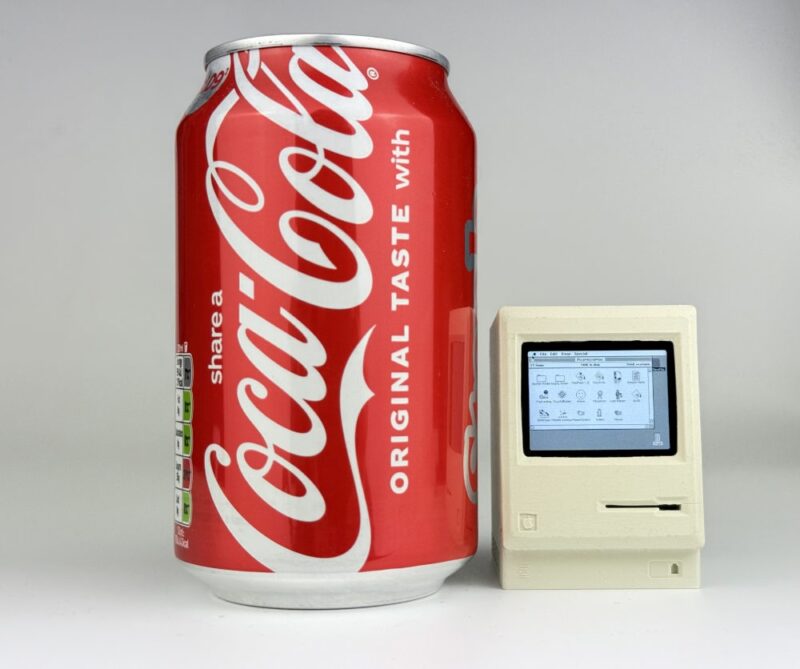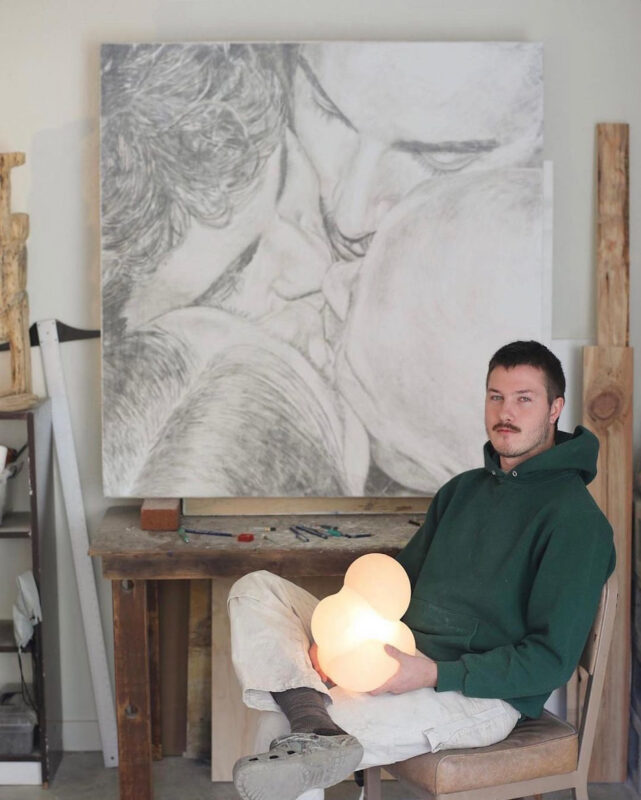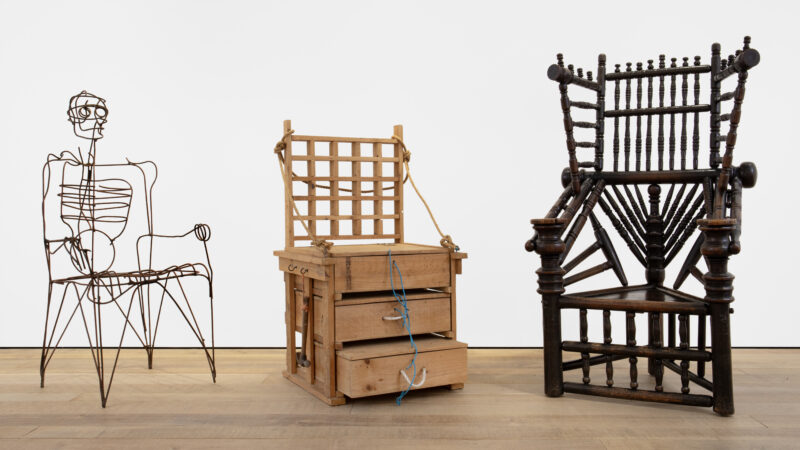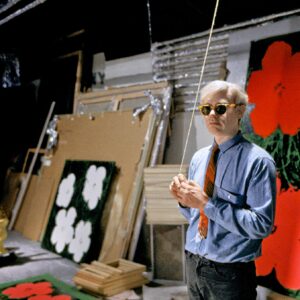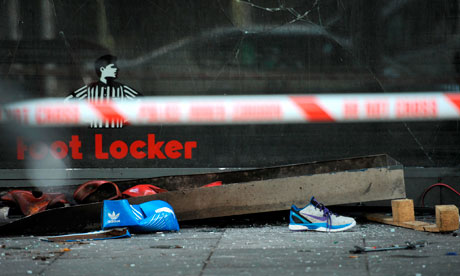
Image:Heart and sole … outside the burnt-out Footlocker store on Brixton High Street in south London after riots last week. Photograph: Stefan Rousseau/PA
In 1968 Guy Debord defined the “spectacle” – his term for all the trappings of a consumer society – as “the moment when the commodity has reached the total occupation of social life“. And that’s what happened during last week’s riots. Shopping is no longer just the chief preoccupation of our leisure time – it is also how we go about our civil unrest. In that sense, the riots have rightly been described as a means of participation in a consumer society that the looters are otherwise excluded from. These were acquisitive riots. Lacking any articulated aims or ideology, they manifested themselves as a venting of consumer spleen. And two objects were the primary targets of that urge: trainers and mobile phones.
Three brands kept coming up in the coverage of the riots: JD Sports and Footlocker – the two most targeted footwear shops – and BlackBerry, the smart phone the rioters were using to message each other. What do trainers and smart phones have in common? Rather a lot, not least as they are both tools that the rioters used to outmanoeuvre the police. One provided speed, so that when the police did actually give chase they were no match for their more nimble adversaries. The other, BlackBerry Messenger, provided access to the networked society that made the rioters too dynamic and mobile for anything as static and cumbersome as a police cordon to handle. These were certainly not conscious motives for stealing phones and trainers, just useful advantages of high-performance commodities.
The real motive was desire. Trainers and mobile phones are two of the most prized status symbols among the young and streetwise. And both products draw their lustre from a culture of extreme wealth. The irony of the rioters’ use of BlackBerry smart phones was that these were once the ultimate executive toy, synonymous with jetset bankers keeping tabs on share prices – tools for executing a different kind of greedy impulse. Well, I say “irony”, but perhaps it’s not ironic at all. Bankers are role models of a sort, whether we like it or not; they represent a kind of wealth and unregulated freedom that the urban poor can only dream of. Politicians often refer to the “trickle-down effect” as the reason not to enforce higher taxation on the rich, but there is no sign of that trickle-down effect in real terms. What trickles down are the status symbols, not the liquidity.
The same is true of trainers. Brands employ sports stars with basic salaries of £250,000 a week to sell everything from tennis shoes to aftershave balm. Some of the allure of streetwear apparel – some of its glamour as a commodity – comes from its intimate proximity to extreme wealth. The fetish character of the trainer lies in its ability to embody so much more than a bundle of rubber and synthetic leather machine-stitched in a Vietnamese sweatshop.
Trainers as streetwear have a rather different provenance in the UK than in the US. Before hip-hop or skater culture made it to these shores, we had the casual subculture. Originally the preserve of football hooligans, “casual” style was born on the terraces in the late 1970s, and involved wearing Adidas or Gola trainers with designer-label clothing – preferable to football strips partly because it made it harder for the police to identify brawlers. By the mid-80s, this dress code was mainstream. And while many of those vintage trainer styles are still in fashion, trainer culture has morphed into something exponentially more sophisticated.
The trainer deploys the shape-shifting logic of the commodity at its most manipulative. Particularly in the last decade, brands have accelerated their novelty cycles with the promise of advanced performance. The visual language of the sports shoe has acquired the baroque manifestations of technological research. Trainers have developed an architecture of ribs and buttresses, air cushions and webbing. The marketing bumf blinds you with a pseudo-science of shock absorption. The logic is ineluctable: it leads to the nirvana of perfect support.
And just when you’ve completely bought into that logic, Nike will sideswipe you with a new concept: the Nike Free. This is the trainer that removes all that support malarkey to bring you the “Barefoot Running Shoe”. No more architecture, just the pleasant sensation of running on your naked soles. Well, hang on: which is it Nike? Bareback or support? There is no right answer. There is only what will sell, only what you can make people want. That is the genius of the commodity.
Unfortunately for them, in targeting their favourite products, the rioters played right into the politicians’ hands. Because the commodity makes criminality tangible. If the looters had been raiding stock options or ministerial expense accounts, they might have got away with it. But pilfering trainers – real things – is obviously “pure criminality“. The mistake they made was to confuse wealth with the symbols of that wealth – a confusion of comfort with design.
In his essay on the 1965 Watts riots, Debord argued that the rioters in this black community in LA were in effect morally superior to the whites who recoiled at their behaviour. Yes, they looted TVs but, Debord argued, they were also demanding more than the whites, something they couldn’t buy or steal: civil rights. “Comfort can never be comfortable enough for those who seek what is not on the market,” he wrote. In Tottenham, Hackney, Peckham, Brixton, Birmingham and Manchester, the rioters went after what was already on the market. In settling for the commodity, they let the system off lightly by falling for its decoy.
guardian.co.uk © Guardian News & Media Limited 2010
Published via the Guardian News Feed plugin for WordPress.
